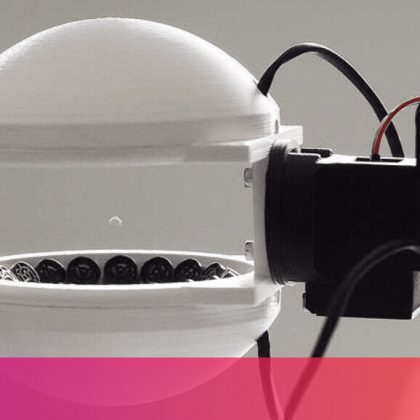G-factor misses the spot — Spiraling ion probed for months, revealed g-factor not quite as predicted. Chris Lee – Nov 8, 2019 3: 40 pm UTC The world of physics is a bit like a child’s bedroom. After sufficient yelling, everything becomes neat and tidy, but open a drawer or look under the bed and an enormous mess is revealed. The neat agreement between experiment and quantum mechanics is a never-ending source of amazement to me. But obtaining that agreement is a bit like the fraught business of straightening out the mess under your kid’s bed. Often, when we think about advancing physics, we turn to the things we can’t explain, like the apparent accelerating expansion of the Universe or the pull of gravity. However, we can also (destructively) test quantum mechanics closer to home by making precision measurements on the properties of atoms and ions (atoms with electrons removed). But that requires comparing experimental results to calculated outcomes. Actual practical calculations of things like the properties of atoms and ions require taking quantum electrodynamics apart, cleaning out under its bed, and generally getting down and dirty with integrals. The hope is that at the end of it all, we can say something useful about the validity of quantum electrodynamics in our Universe. Down and dirty with the g-factor These calculations have to be compared to highly precise measurements. A favorite choice is the g-factor, which contributes to the magnetic moment of an ion. For an electron or a muon, the g-factor is one of the most accurately determined constants that we know of. But that changes when we get to atoms and ions. The problem is that calculating the contributions of the nucleus—a problem that should only be approached when armed with the mathematical equivalent of a taser—is the stuff of nightmares. So even for the simplest ion (hydrogen with an electron removed), the g-factor cannot be calculated with sufficient accuracy to truly test quantum electrodynamics. That little bump on the road to physics nirvana can be overcome by going to more complicated ions. The essential idea is that the g-factor can be measured much more accurately by comparing the behavior of two ions with different charge states. To even get that far, however, you first have to be able to measure and calculate the g-factor for just one of these ions. That is where we are today: the g-factor for silicon with 11 electrons has been measured. The experiment is an amazing feat of control. The researchers place a single silicon ion into a trap with a constant magnetic field. The ion gently spirals back and forth in the trap. The frequencies associated with the ion’s motion (a combination of circles and linear motion) were measured via the tiny currents that are induced by the ion’s motion. After the frequencies are measured, the ion is ejected into a second trap with an inhomogeneous magnetic field; the strength of the magnetic field depends on where you are in the trap.
Read More
08November





